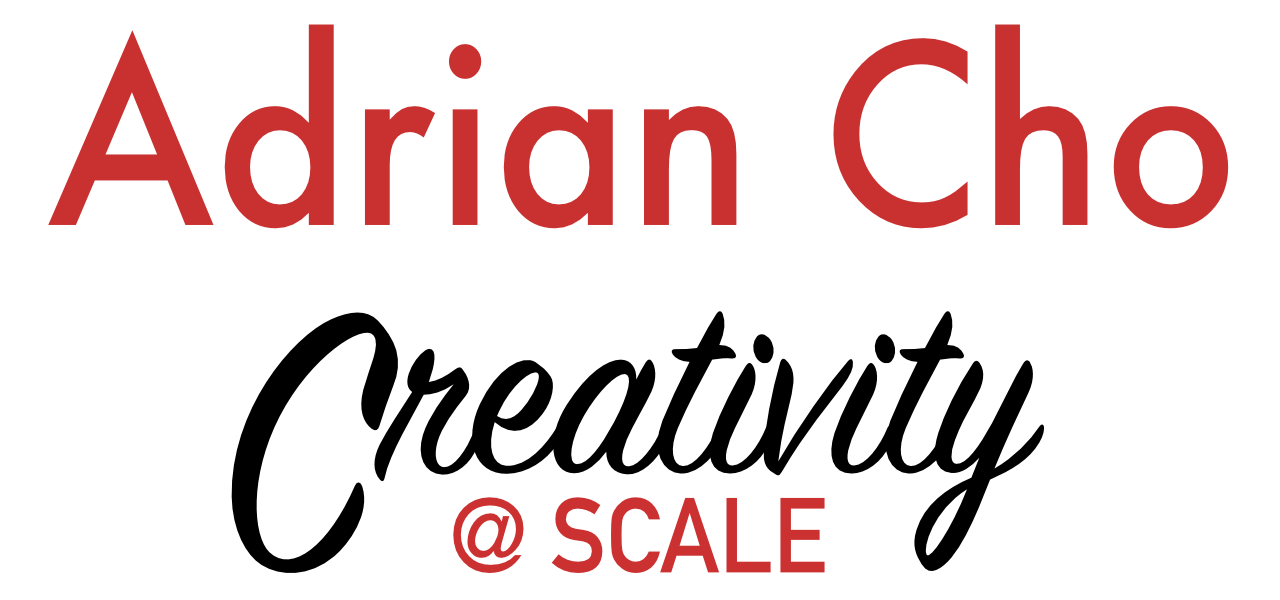Innovation is the process of creating new ideas and applying them to a specific situation. Many people confuse creativity with innovation. Creativity, the process of creating new ideas, is a subset of innovation. Necessity is not necessarily the mother of creativity for one can be creative simply for its own sake. Innovation, on the other hand, is usually undertaken to solve a specific problem.
Enabling Innovation with Collaboration
Most innovation is collaborative, despite the myth of the lone inventor. Being completely and totally original is difficult. Most unique ideas are not conceived in a vacuum. Credit for innovation tends to accrue to singular individuals but more often that not, many people contribute directly or indirectly to an idea or its proof or implementation. Most people think Thomas Edison invented the electric light bulb. Yet Englishman physicist and chemist Joseph Swan received a patent for the incandescent light bulb in 1878, a year before Edison demonstrated his bulb, and countless others demonstrated the technology decades earlier. U.S. President Barack Obama was dead wrong in proclaiming, “I believe the nation that invented the automobile cannot walk away from it,” in his 2009 State of the Union address. Contrary to popular opinion, Henry Ford did not invent the automobile, although he did pioneer its mass production. The U.S. Library of Congress notes that Karl Benz demonstrated the first true automobile powered by gasoline in 1885–86 but also points out that earlier automobiles were powered by electricity and steam, and Leonardo da Vinci was creating designs and models for transport vehicles in the fifteenth century. Scott Berkun, author of The Myths of Innovation, goes as far as claiming, “Edison, Ford, and countless innovators are recognized as sole inventors for convenience. The histories we know depart from the truth for the simple reason that it makes them easier to remember.”
The exchange of ideas is a fundamental principle in the processes of creativity and innovation, even if the exchange is unidirectional, with the thinker observing the work of others or taking inspiration from other sources. Da Vinci was inspired by nature when he examined the flight behavior of birds and proposed mechanisms for flying machines in his Codex on the Flight of Birds, circa 1505. Edison’s work on the light bulb may well have been based on Swan’s research on carbon filament electric lighting, which was published in Scientific American. Swan subsequently sued Edison for patent infringement in the British courts and won. Even in America, the U.S. Patent Office had ruled in 1883 that Edison’s patents were invalid because they were based on the work of William Sawyer. According to the courts, Edison’s work was obviously based on the efforts of others. The myth of individual creativity applies not just to invention, but also to other forms of creativity. Ask people who painted the famous ceiling in the Sistine Chapel in the Vatican in Rome, Italy, and they will undoubtedly answer, “Michelangelo.” Yet thirteen people helped him paint the Sistine ceiling, about 20 helped carve the marble tombs in the Medici Chapel in Florence and he supervised a crew of at least 200 to build the Laurentian Library in Florence.
Enabling Innovation with Diversity
Innovation, the process of creating new ideas and applying them to specific situations, depends on two types of thinking. Divergent thinking, generally associated with the humanities and the arts, is the process of generating many possible solutions to a problem. This type of thinking answers questions such as, “How can we do this better?” or “How many different uses are there for this product?” Convergent thinking, generally associated with mathematics and science, is the process of selecting a single solution to a problem. Aptitude tests questions typically require this kind of singular answer. Logic plays a strong part in convergent thinking.
Innovation is a two-step process. In the first phase, divergent thinking generates many possible solutions to a problem. In the second phase, convergent thinking identifies the best of the solutions. Jasjit Singh of INSEAD and Lee Fleming of Harvard Business School studied the success of individual inventors by analyzing the patent inventorship and citation data for more than half a million patented inventions. They found that diversity in thinking and relevant domain-specific experience is beneficial in both phases of innovation. Fresh perspectives can help to generate more unique solutions, while a wider range of experience and expertise can improve a team’s ability to reject poor solutions. The end result is that any selected solution is likely to be better. Without adequate diversity, a team may generate a smaller number of solutions, with less likelihood that one may be a desirable outlier. Additionally, they may fail to apply the critical thinking needed to weed out anything less than the best solution.
Enabling Innovation with Dialogue
Collaboration improves the success of innovation by leveraging a free exchange of ideas. This is not always easy to achieve. When appropriate respect is given to intellectual property rights, a free exchange of ideas can greatly increase the success of any creative activity. This is not simply a free-for-all in which ideas are bandied about. Nor is it a case of simply debating which idea is the best. Instead, it’s a controlled dialogue in which conversation takes place with open ears, open hearts, open minds, and honest intentions to share and develop new ideas and solutions.
Before even stepping into a group performance situation, every good jazz musician has listened to and absorbed what the jazz greats have had to say. This begins with studying the masters of a musician’s specific instrument. Trumpet players, for example, listen to what Buddy Bolden, King Oliver, Louis Armstrong, Bix Beiderbecke, Roy Eldridge, Dizzy Gillespie, Clifford Brown, Harry James, Miles Davis, and so many others said through their instruments. They are also taught that they shouldn’t just confine themselves to those masters, but should listen to the greats on any instrument. Listen to Davis for his economy of notes, Johnny Hodges for his luscious tone and control of pitch, Thelonious Monk for his dissonance and angular melodic lines, John Coltrane for his complexity and intensity, Frank Sinatra for his phrasing on the standards, Chet Baker for his lyricism, Zoot Sims for his sense of swing, and so forth. Jazz musicians learn about both the evolution of playing styles and the evolution of the music. Modern jazz musicians learn about the further evolution of the music by studying today’s great musicians. Although it is all very much one sided, jazz musicians acquire the critically important skills of open listening, appreciating, selecting the ideas and expressions that appeal to them, and synthesizing those ideas with their own. You can’t be original without knowing what has already been said. This is particularly true in the business world, where innovators use patents to keep others from exploiting their novel inventions. Novelty of a patent is determined by searching for prior art, the body of knowledge relevant to the patent’s claims of originality, including other patents and publicly accessible descriptions or demonstrations of other inventions. If a patent is granted and it turns out that prior art was overlooked, the patent may be invalidated or reduced in scope. In some countries, inventors even have a duty to disclose pertinent prior art with the relevant patent office.
Allowing for Failure
People must feel that there is actually room for innovation. In many organizations, the vast majority of people’s time is already fully committed to doing the things that absolutely must be done. They help the organization continue its trajectory by maintaining existing offerings, retaining existing business, and growing and developing incrementally using methods and approaches that have worked in the past. When pushed to innovate with the goal of producing the kinds of ideas that can truly disrupt competitors, they often feel that they have neither the available time nor the freedom to do so. Having recognized this problem, many organizations are mandating that employee work schedules include time for innovation. Google engineers are encouraged to allocate 20 percent of their time (one day per week) to any company-related project that interests them. Similarly, IBM has Think Fridays, to encourage employees to spend Fridays brainstorming new projects unrelated to their current work.
Innovation may lead to failures, so people must feel that there is room for them to make mistakes within the context of their innovation explorations. Google’s culture of innovation accepts mistakes as a normal part of the research and development process. According to Eric Schmidt, Google’s chairman and CEO, “The way you say this is: ‘Please fail very quickly—so that you can try again.'” Larry Page, president and co-founder of Products, said to one employee upon hearing from her that she had cost the company several million dollars, “I’m so glad you made this mistake. Because I want to run a company where we are moving too quickly and doing too much, not being too cautious and doing too little. If we don’t have any of these mistakes, we’re just not taking enough risk.” In the book Competing on the Edge: Strategy as Structured Chaos that she co-authored with Kathleen M. Eisenhardt, Professor of Strategy and Organization at Stanford University, Google’s Senior Vice-President of Business Operations, Shona Brown, known as the company’s “Chief Chaos Officer,” wrote: “Mistakes occur because systems at the edge of chaos often slip off the edge. But there is also quick recovery and, like jazz musicians who play the wrong note, there is the chance to turn mistakes into advantages.”

